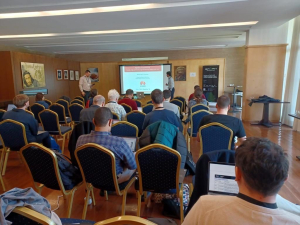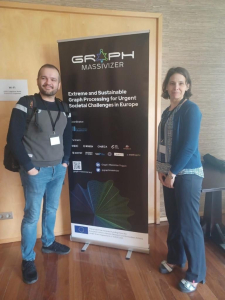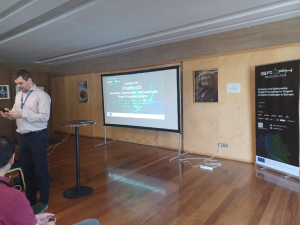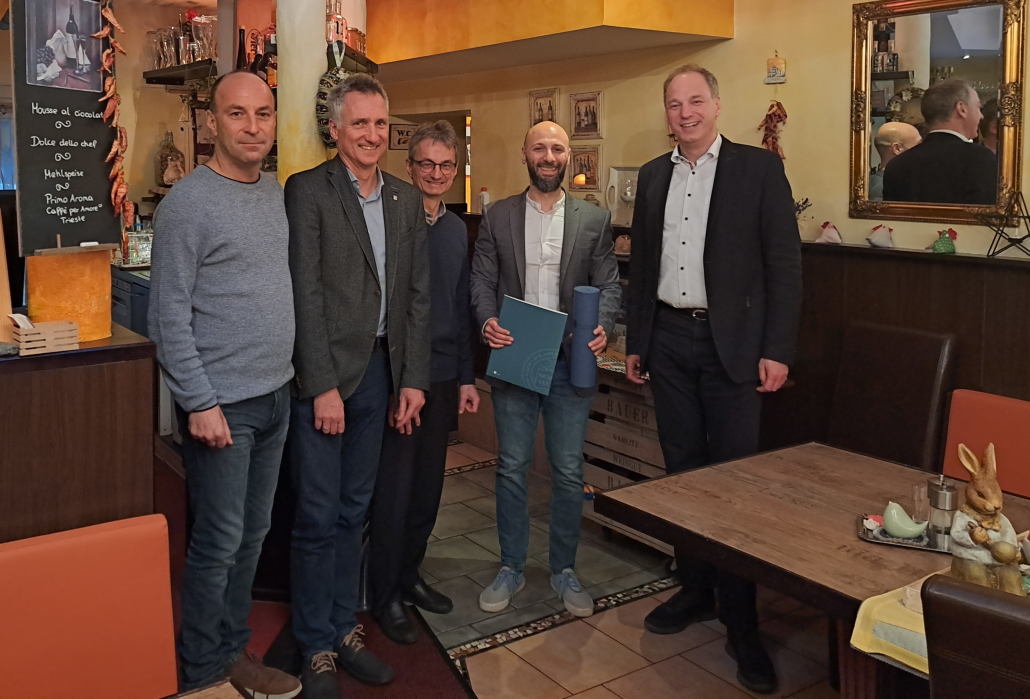As part of our collaboration with the Department of Computer Architecture and Technology at the University of Granada, Spain two research papers were accepted for publishing at the 17th International Work-Conference on Artificial Neural Networks.
Paper title: An Efficient Parallel Multi-population Wrapper for Solving Feature Selection Problems in High-dimensional Space
Authors: Juan Carlos Gómez López, Daniel Castillo Secilla, Dragi Kimoviski and Jesús González Peñalver
Abstract: One of the most widely accepted approaches to address feature selection problems are wrappers based on evolutionary algorithms. Over the years, these approaches have evolved from single-population models to multi-population models to achieve better-quality solutions. Moreover, they are highly parallelizable as each subpopulation evolves independently. This paper proposes two parallel strategies for a multi-population wrapper to take advantage of a multicore CPU. The first one, based on the Fork/Join model, focuses on parallelizing only the evaluation method since it is the main bottleneck of the procedure. Although this strategy speeds up the execution of the wrapper, it is far from optimal. In this context, the second strategy implements an Island-based model, where each subpopulation evolves independently in each CPU core, exchanging information via asynchronous migrations. The results show that the wrapper achieves a speedup of almost 35 with the Island-based model when individuals are distributed into 24 subpopulations.
Paper title: Energy-aware KNN for EEG Classification: A Case Study in Heterogeneous Platforms
Authors: Juan José Escobar Pérez, Francisco Rodríguez, Rukiye Savran Kızıltepe, Beatriz Prieto, Dragi Kimovski, Andrés Ortiz, Alberto Prieto and Miguel Damas
Abstract: The growing energy consumption caused by IT is forcing application developers to consider energy efficiency as one of the fundamental design parameters. This parameter acquires great relevance in HPC systems when running artificial neural networks and Machine Learning applications. Thus, this article shows an example of how to estimate and consider energy consumption in a real case of EEG classification. An efficient and distributed implementation of the KNN algorithm that uses mRMR as a feature selection technique to reduce the dimensionality of the dataset is proposed. The performance of three different workload distributions is analyzed to identify which one is more suitable according to the experimental conditions. The proposed approach outperforms the classification results obtained by previous works. It achieves an accuracy rate of 88.8% and a speedup of 74.53 when running on a multi-node heterogeneous cluster, consuming only 13.38% of the energy of the sequential version.



 Zahra Najafabadi Samani, has been awarded travel grant to attend IPDPS 2023 in St. Petersburg, Florida, USA. Congratulations!
Zahra Najafabadi Samani, has been awarded travel grant to attend IPDPS 2023 in St. Petersburg, Florida, USA. Congratulations!
 Radu Prodan participated in the panel:
Radu Prodan participated in the panel:



